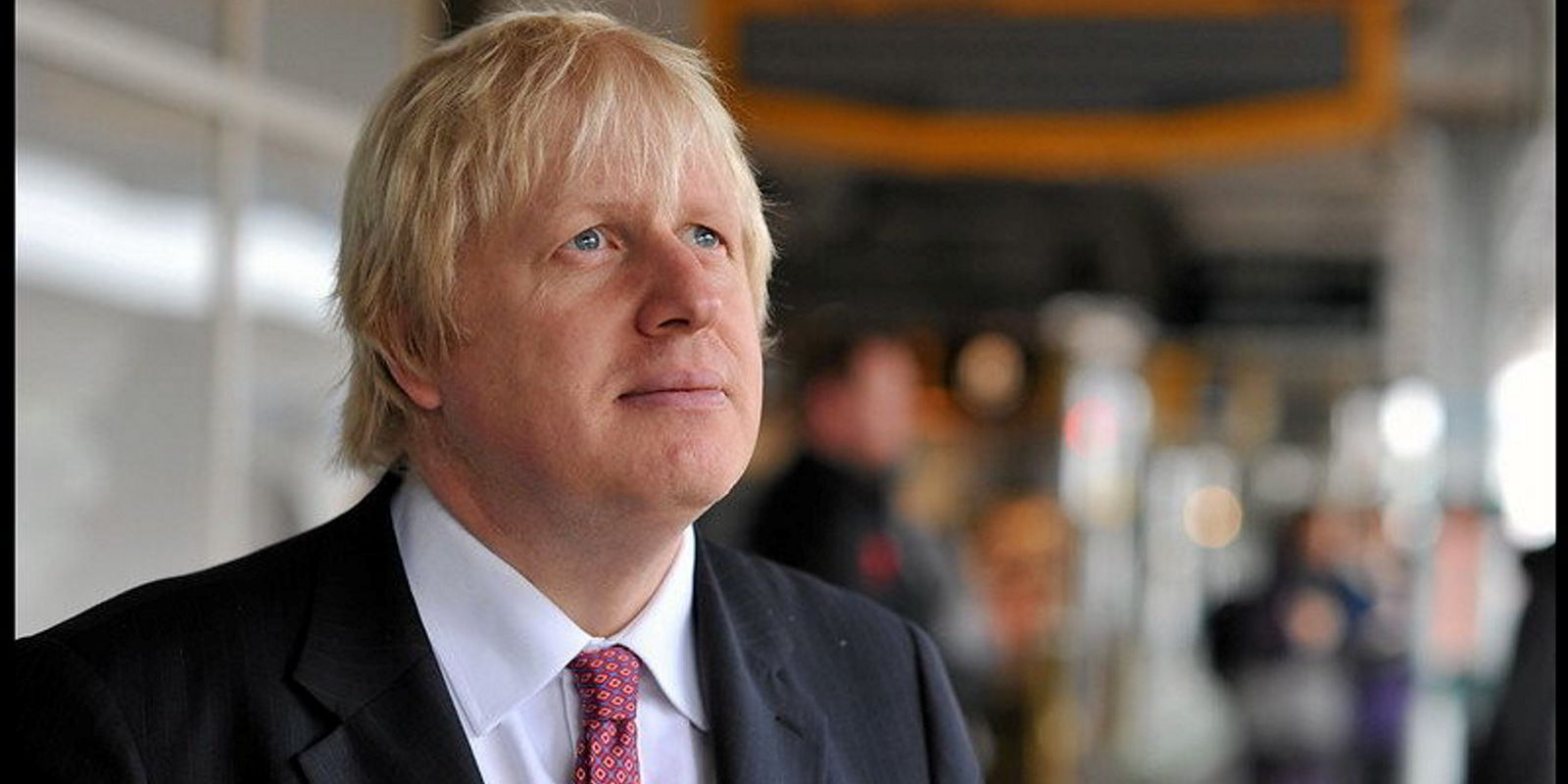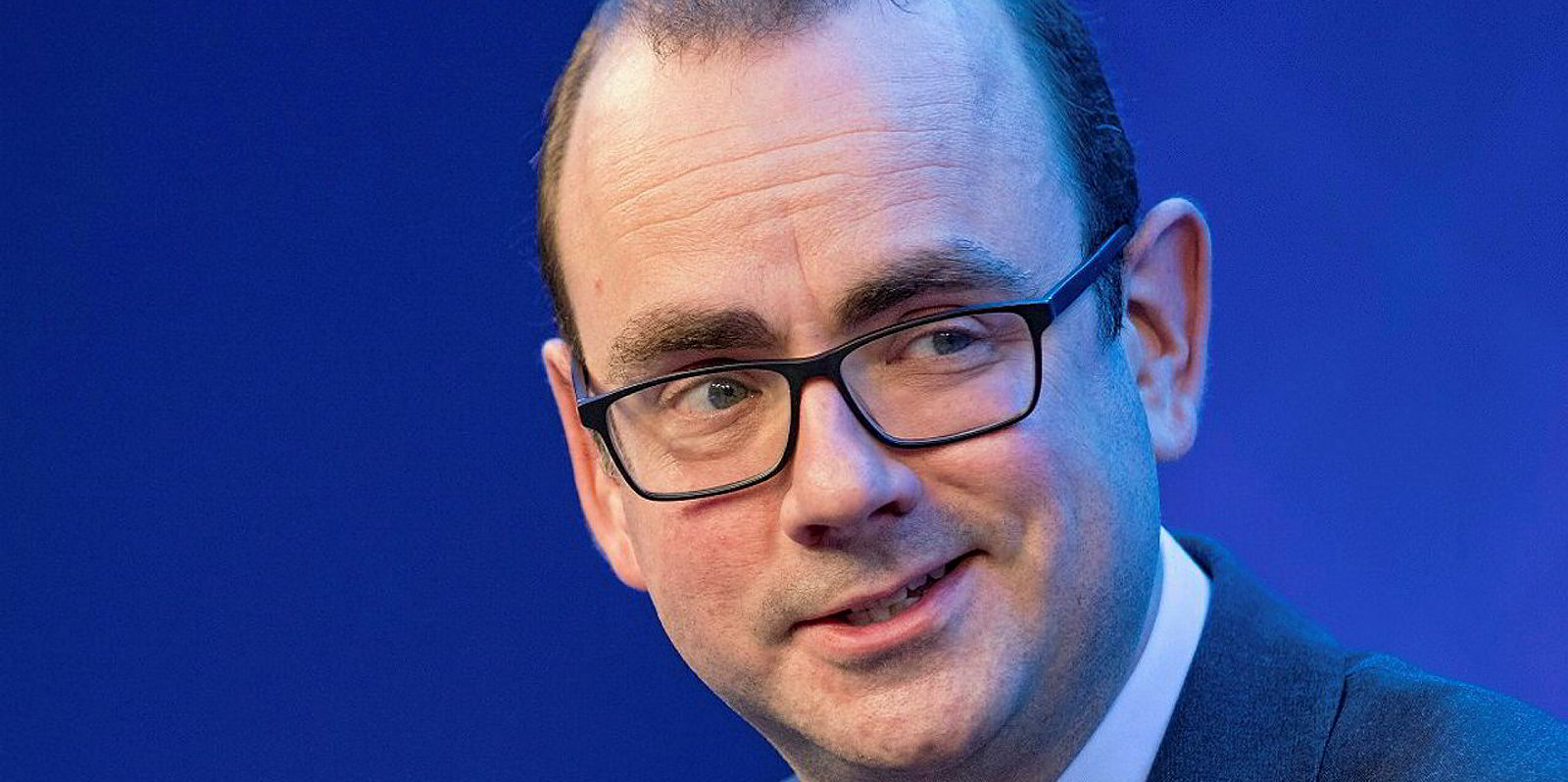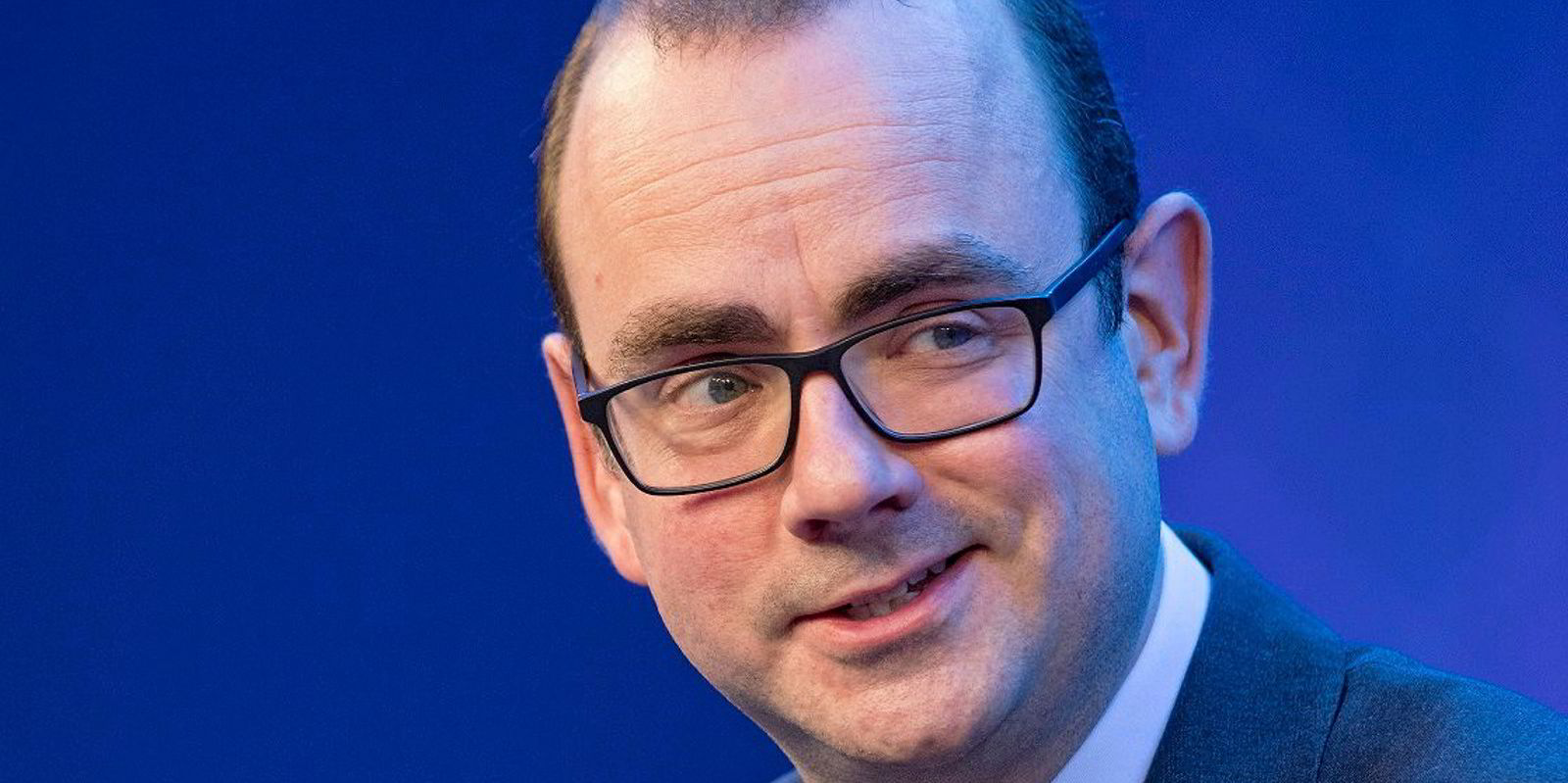The UK government was warned it will have to match action with words, as Prime Minister Boris Johnson confirmed a 40GW offshore wind target that he claimed would see turbines meet Britain’s total domestic power demand by 2030.
Get the market insight you need into the global oil & gas industry's energy transition – from the new newsletter from Upstream and Recharge. Sign up here
Johnson, who wants to make the UK "the Saudi Arabia of wind power" unveiled a 1GW target for floating wind and £160m ($208m) of industrial and ports investment in a speech to his Conservative Party conference today.
“Your kettle, your washing machine, your cooker, your electric vehicle – the whole lot of them will get their juice … from the breezes that blow around these islands,” he said, adding that floating turbines would allow Britain to “harvest the gusts from the deepest waters”.
The 40GW target, up from about 10GW now, formed part of the Conservative election manifesto when the party won the UK general election last December.
Industry commentators have previously told Recharge that meeting the goal will “not be a walk in the park”, with rapid action needed to remove obstacles in areas such as frequency of contract for difference (CfD) auctions, consenting, transmission and new seabed rights.
Several major UK projects have faced delays in securing final consent to proceed, with one of the largest, Orsted’s 2.4GW Hornsea 2, still awaiting final consent after failing to resolve a bird conservation issue.
Britain has also been warned that its offshore transmission system is not fit for purpose in meeting the 40GW goal, let alone the 75GW or more that experts say will be needed for the nation’s 2050 net-zero ambitions, or to fuel production of massive amounts of green hydrogen.
Greenpeace welcomed Johnson’s “light bulb moment” on offshore wind but added: “Delivering 40GW of power onto the grid by 2030 requires action in this parliament.
“We now need to see the Prime Minister’s newly-found enthusiasm is followed through by knocking down all the barriers that the offshore wind industry faces in delivering its ambition.”
Urgent need for delivery
Melanie Grimmitt, global head of energy at law firm Pinsent Masons said: “There is now an urgent need for delivery of the long-promised Energy White Paper and commitment to sufficient CfDs or alternative routes to market/ fiscal stimulus to deliver this target.
“UK manufactured content is unlikely to be competitive with other global manufacturing markets in the Gulf and Asia but it may help an otherwise stretched supply chain, and there may be an opportunity to take a lead in manufacturing of components for floating offshore wind.”
Industry bodies broadly welcomed the pledge to put offshore wind at the centre of the UK’s energy future, with the government also indicating it would double the scale of the next CfD auction from the 6GW awarded in 2019.
Benj Sykes, industry chair of the Offshore Wind Industry Council and Orsted’s UK head of market development, said: “Offshore wind is on track to become the backbone of Britain’s electricity system, providing reliable, low-cost clean power to homes and businesses across the country.
“The industry is investing tens of billions of pounds in new offshore wind projects, supporting local economies and employment in communities across the UK. Our global leadership in offshore wind, coupled with new support for investment in ports, will help unlock the huge opportunity for the UK to build a world-leading, competitive supply chain.”
RenewableUK said: “The government has raised the ambition for offshore wind and renewables, and our industry is ready to meet the challenge. A green recovery with renewables at its heart will be good for consumers and jobs, as well as helping to meet our 2050 net zero emissions target.
“Support for new floating wind projects will ensure the UK stays at the forefront of global innovation in renewables, and provides new opportunities in the low carbon transition.”






